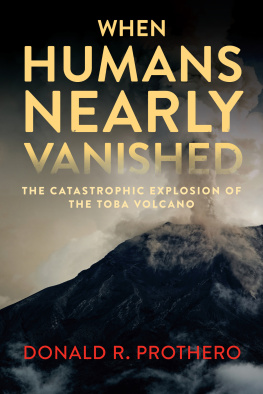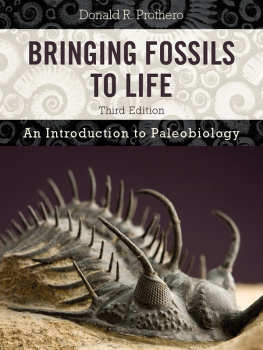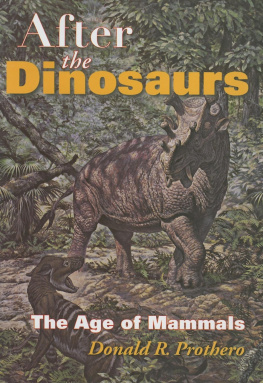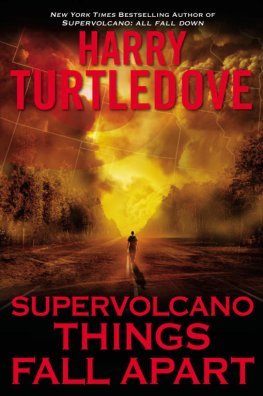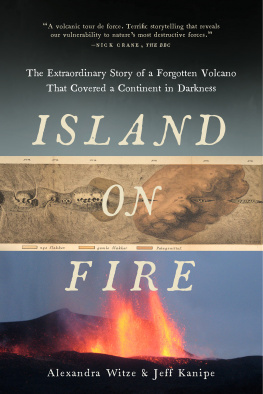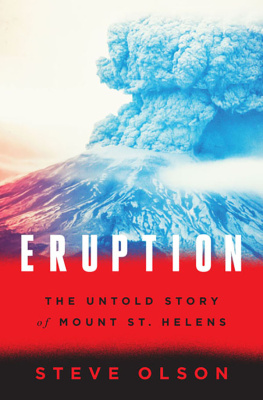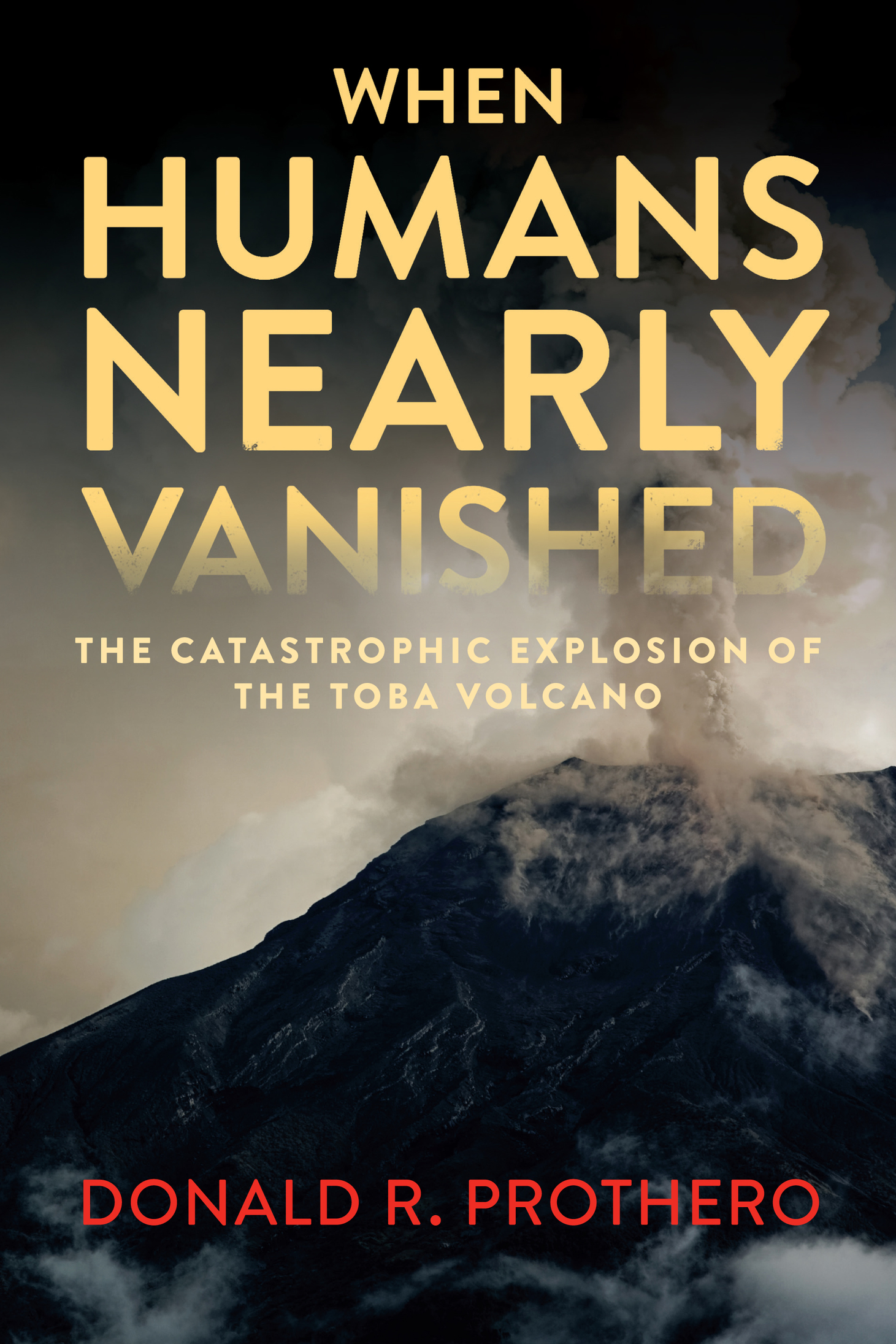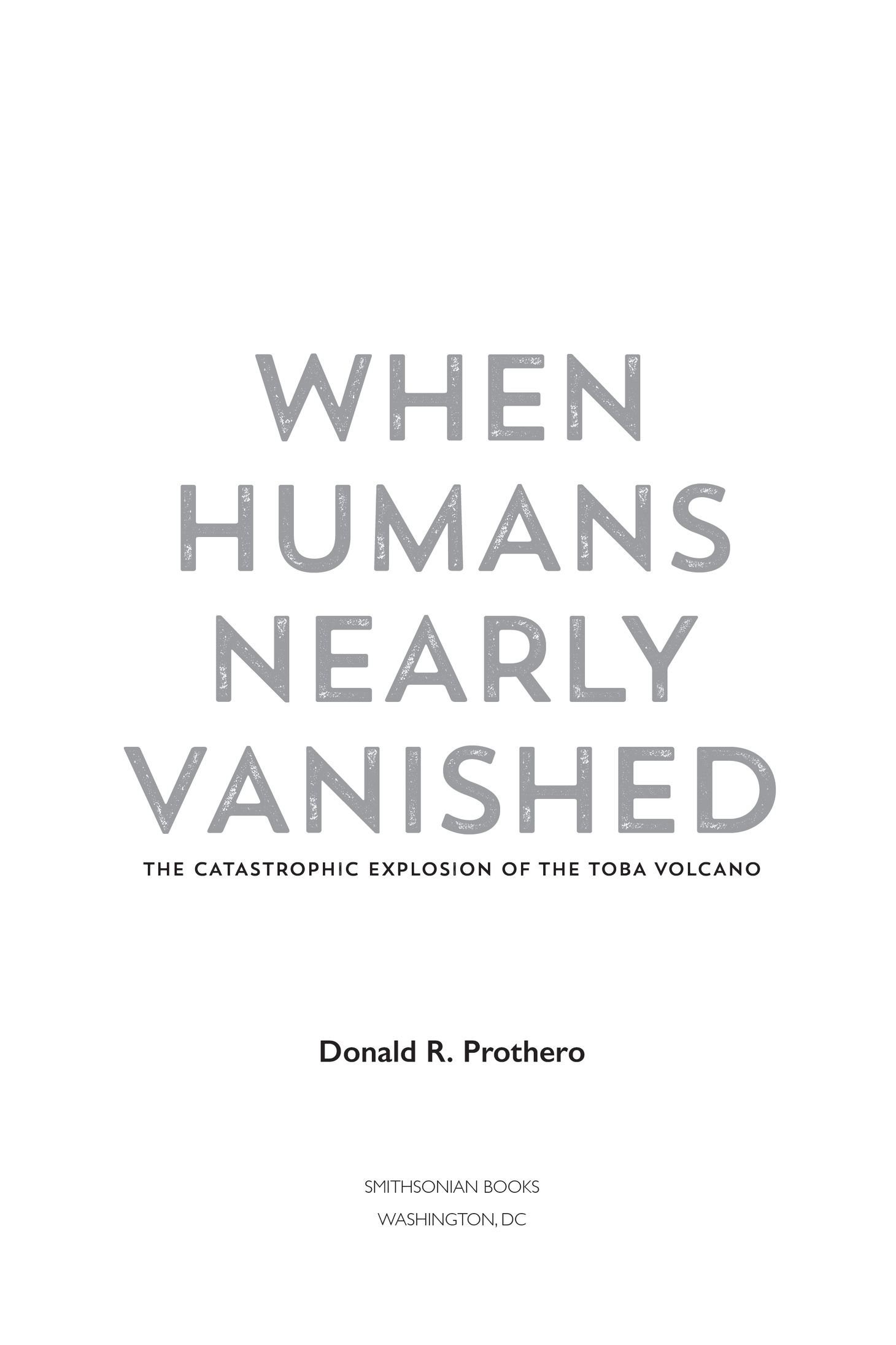Contents
2018 by Donald R. Prothero
All rights reserved. No part of this publication may be reproduced or transmitted in any form or by any means, electronic or mechanical, including photocopying, recording, or information storage or retrieval system, without permission in writing from the publisher.
Published by Smithsonian Books
Director: Carolyn Gleason
Creative Director: Jody Billert
Managing Editor: Christina Wiginton
Project Editor: Laura Harger
Editorial Assistant: Jaime Schwender
Edited by Juliana Froggatt
Graphics by the author and Bill Nelson
Library of Congress Cataloging-in-Publication Data
Names: Prothero, Donald R., author.
Title: When humans nearly vanished : the catastrophic explosion of the Toba volcano / Donald R. Prothero.
Description: Washington, D.C. : Smithsonian Books, [2018] | Includes bibliographical references and index.
Identifiers: LCCN 2018008391 (print) | LCCN 2018013582 (ebook) | ISBN 9781588346353 (hardcover) | ISBN 9781588346360 (ebook)
Subjects: LCSH: Supervolcanoes. | Volcanoes. | Survival.
Classification: LCC QE522 (ebook) | LCC QE522 .P76 2018 (print) | DDC 551.2109598/12dc23
LC record available at https://lccn.loc.gov/2018008391
Ebook ISBN9781588346360
v5.3.2
a
This book is dedicated to my wonderful wife,
Dr. Teresa LeVelle,
and to our wonderful friend
Kim Milliken Hayden
for all her support
Civilization exists by geologic consent, subject to change without notice.
Will Durant, What Is Civilization?, 1946
CONTENTS
PROLOGUE
A Very Bad Day on Planet Earth
Our story begins on a very bad day about 74,000 years ago. The planet was starting to move out of one of its more recent ice ages, although in the tropics there was little change in climate between the Ice Age glacial episodes and the warmer interglacial episodes. A wide range of late Ice Age mammals inhabited the world, including woolly rhinoceroses and mammoths up in the cold regions of Eurasia, along with huge bison, giant deer, wild horses, and a variety of smaller mammals. Giant lions, saber-toothed cats, and huge bears fed on these large prey animals.
People lived in many parts of the Old World by then but had not yet reached Australia or the Americas. The bulk of the human population were archaic members of our species, Homo sapiens, which first appeared in southern Africa about 100,000 to 300,000 years ago. By 74,000 years ago, these people had spread out of Africa and may have occupied much of Asia, as well as parts of southeastern Europe. However, Europe was still dominated by another human species, the Neanderthals, who had adapted to life on the edge of the northern ice sheet. In contrast to archaic Homo sapiens, Neanderthals had a shorter, stockier, more muscular build and shorter limbs, a body type suitable for attacking large prey and adapted for reducing heat loss in the cold climate. In the far reaches of Asia, ancient humans had spread to many of the islands of modern-day Indonesia and Malaysia. On one now known as Flores, east of Java and Bali, they evolved into a dwarfed species, Homo floresiensis. Now nicknamed hobbits, these people stood only about 1.1 meters (3 ft, 7 in) tall, shorter than any modern adult Pygmies (given their small brain size, some anthropologists question whether they are even in our genus, Homo). Flores is part of the island chain (including Sumatra, Java, and many smaller islands of the Malay Archipelago) that makes up of most of modern Indonesia. These islands are built completely of volcanoes, both active ones and ancient, dormant ones. Their climate is tropical and their jungle is dense. So much vegetation grows on the rich volcanic soil, in fact, that its often hard to recognize signs of volcanoes there.
About 2,000 kilometers (1,200 mi) northwest of Flores, in northern Sumatra, there are numerous volcanoes that have erupted over the past million years. On the very bad day in question, one particular volcano, now known as Mount Toba, had been active for a long time. It had bulged up gradually until it towered almost 900 meters (3,000 ft) above the jungle. All around this monstrous dome, cracks formed. Hot springs and fumaroles spewed out steam that smelled like rotten eggs because of all the sulfur in the mixture. Earthquakes both large and small had rocked the entire island of Sumatra for a year before Mount Toba started to blast out a few small eruptions of steam and ash that blanketed the surrounding jungle. These were likely terrifying to the local animals and people but soon forgotten once they had quieted down. After a few years of tropical rains and rapidly growing jungle, the blanket of ash had vanished. Yet recently the frequency of smaller eruptions venting steam and ash had begun to increase. Soon the sides of the volcano turned barren and rocky as red-hot ash and balls of scalding pumice burned away all the nearby jungle.
This was the state of things as that fatal day about 74,000 years ago dawned. Events really got rolling when the huge dome rumbled with a deep vibration that shook all of Sumatra. Jets of steam and ash shot one after another from the summit. Then came an explosion louder than any sound previously heard by humans in their entire evolution. For comparison, when the Krakatau (or Krakatoa) volcano, also in Indonesia, erupted in 1883, it created a sonic boom that could be heard 8,000 kilometers (5,000 mi) away and which traveled around the world seven times. That blast, 5,000 times as powerful as the Hiroshima nuclear bomb explosion, was the largest explosion heard in recent times. Yet the eruption of Mount Toba released the energy of a million tons of explosives, 40 times larger than the largest hydrogen bomb that humans have ever built, more than 1,000 times as powerful as Krakatau, and 3,000 times as powerful as the eruption of Mount Saint Helens in 1980. Thus, the sonic boom from Toba must have been deafening to animals and people for many kilometers around and must have bounced around the earth repeatedly, dwarfing any other sound produced on earth in the previous 28 million years.
After the explosion, a gigantic mushroom cloud of hot ash rose many thousands of meters into the stratosphere. Meanwhile, superheated ash and gases, as hot as 1,100C (2,000F), flowed down the sides of the mountain in gigantic, turbulent clouds traveling up to 320 kilometers (200 mi) per hour. They incinerated everything in the jungles for many kilometers. A dense blanket of ash and pumice covered not only Sumatra but also most of the nearby islands, causing death and devastation wherever it settled. The ashfall spread across southern Asia as well, leaving a thick deposit even in India, more than 3,000 kilometers (1,800 mi) away. The ash cover in India was on average about 15 cm (6 in) thick; in the years following the eruption, it mingled with other layers and moved downslope, forming secondary ash deposits several meters thick (as happened in the Mount Saint Helens eruption in 1980).
Tropical rains turned the ash into mud with the texture of wet cement, which made rivers and pathways into impassable morasses and collapsed tree branches and sometimes even whole trees under its weight. Small huts, too, probably were crushed under thousands of kilograms of wet ash. Sea levels were lower at that time, but it is likely that a tsunami triggered by seismic activity associated with the eruption would have killed many people living along the coast. The people and animals of the jungle found their world in utter ruin, and most local survivors must have soon died of starvation, while others died from inhaling dry, dusty ash. Volcanic ash particles are microscopic shards of glass, and they cut up the insides of the lungs, which scar and then clog with fluid.

